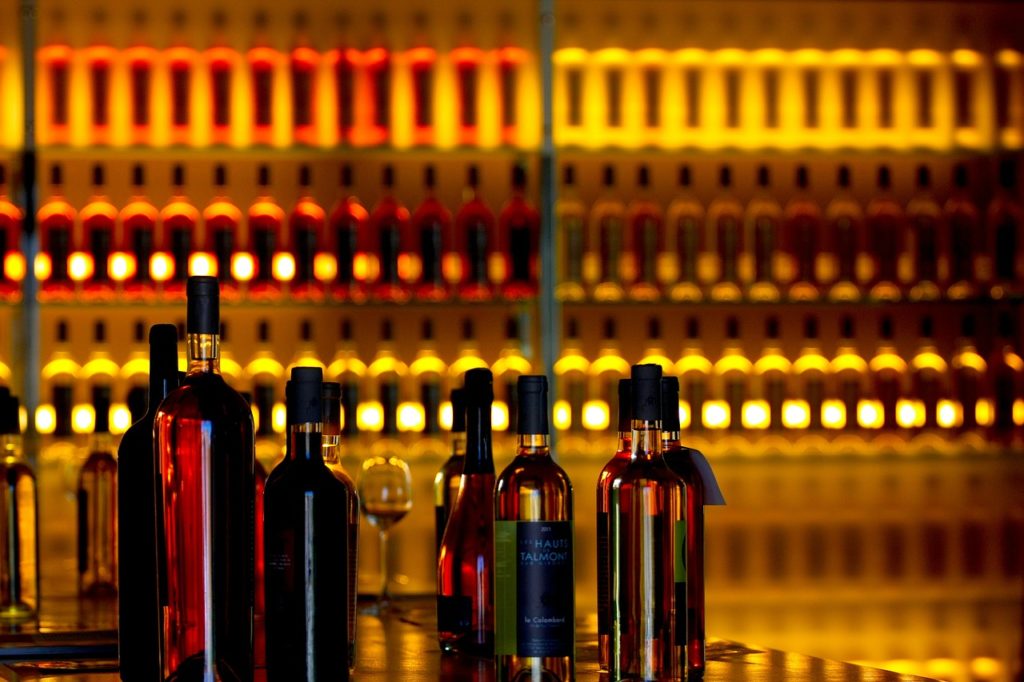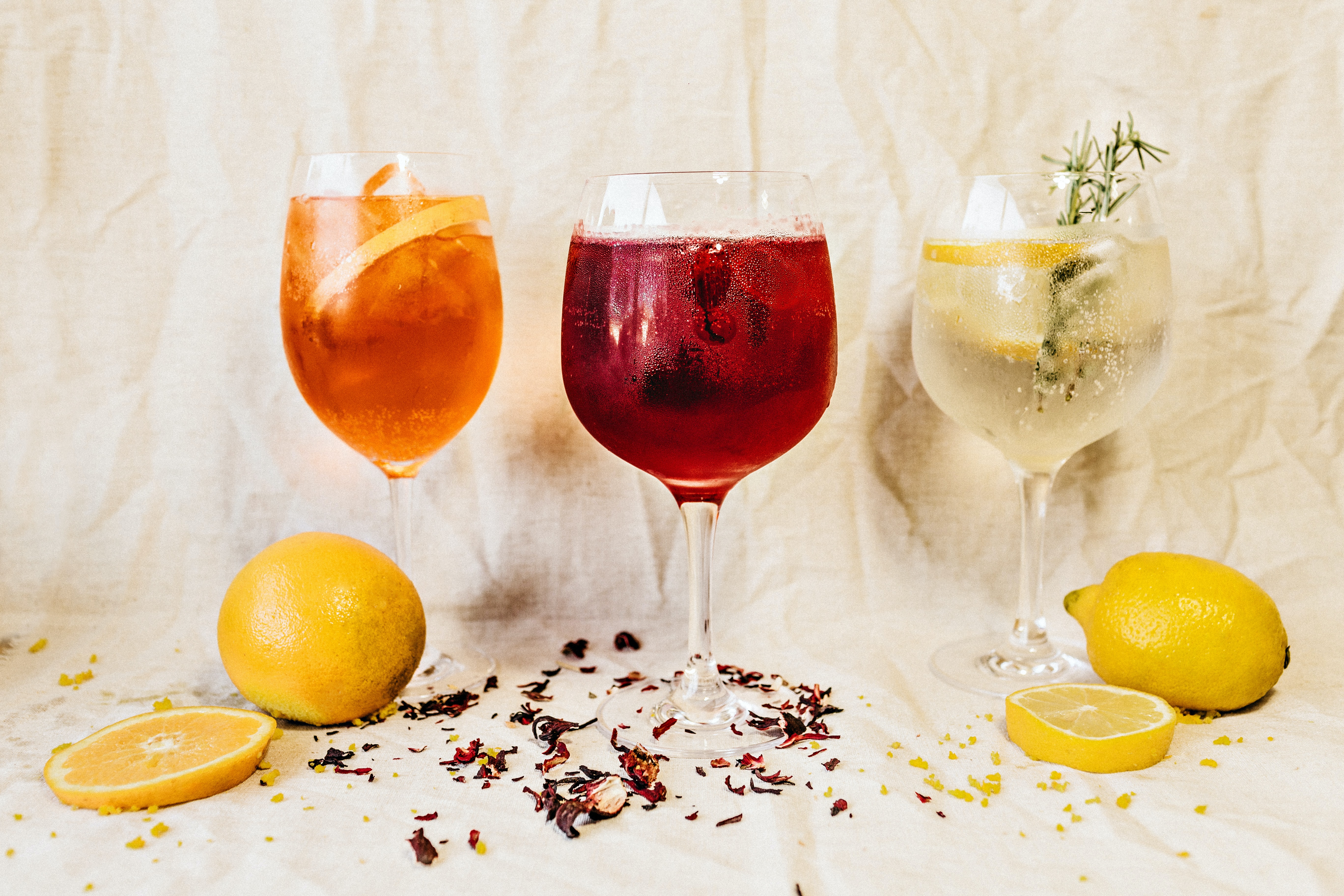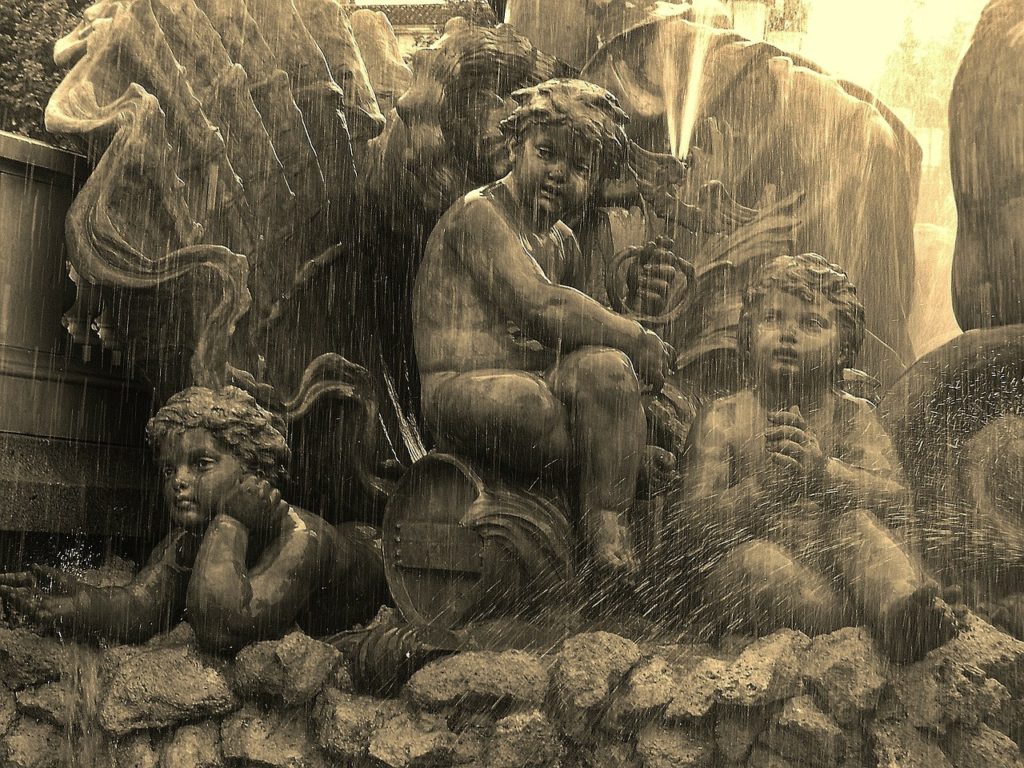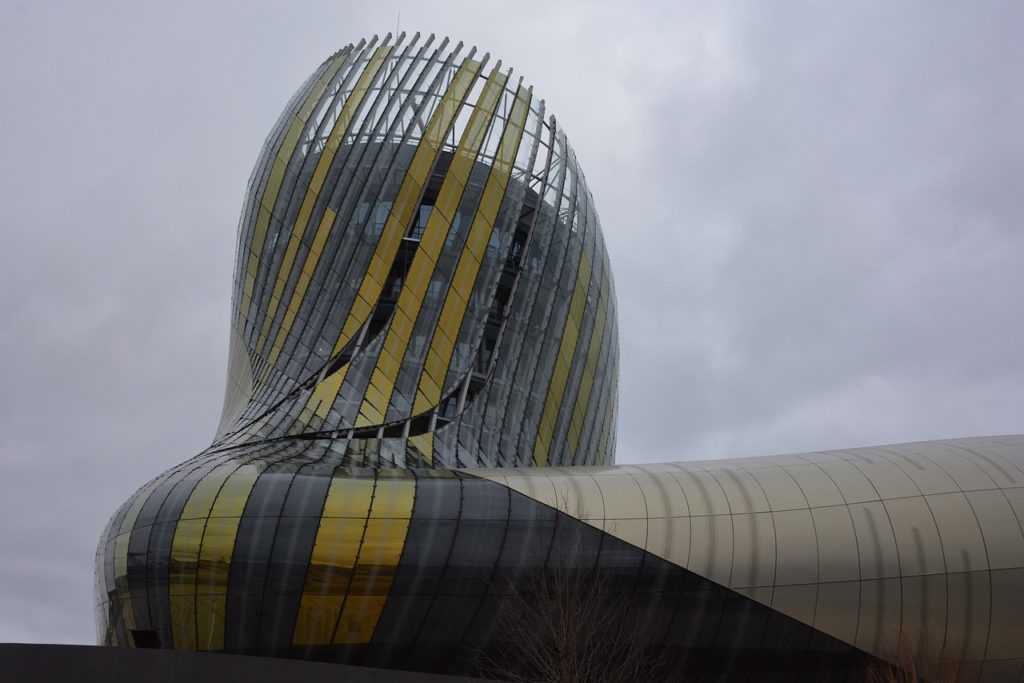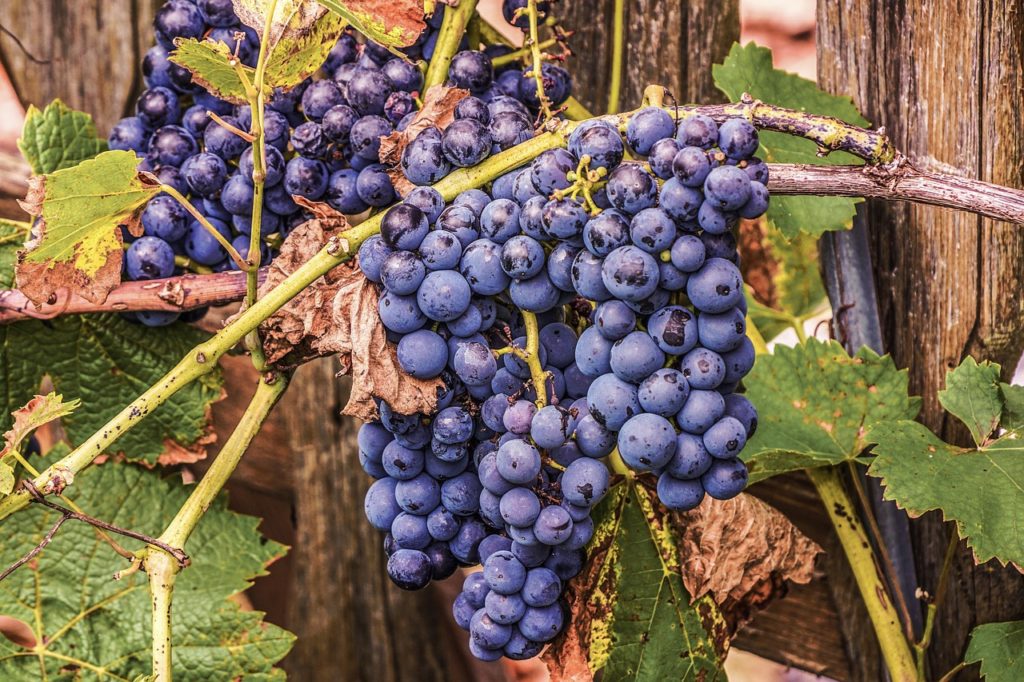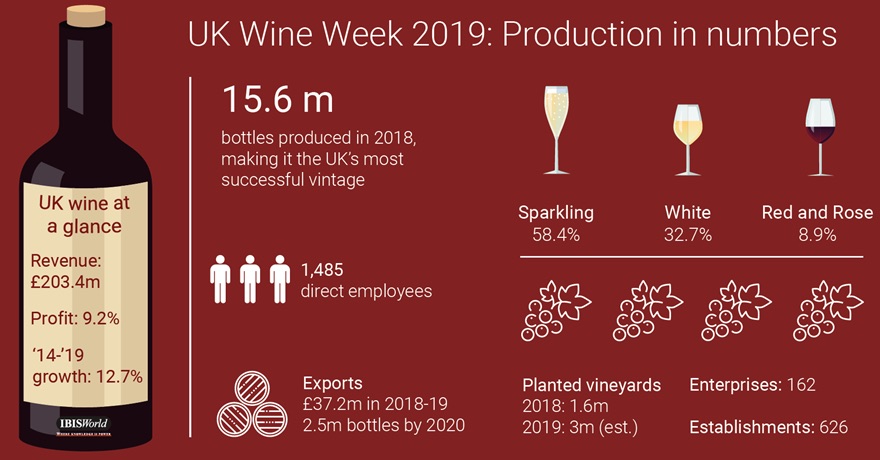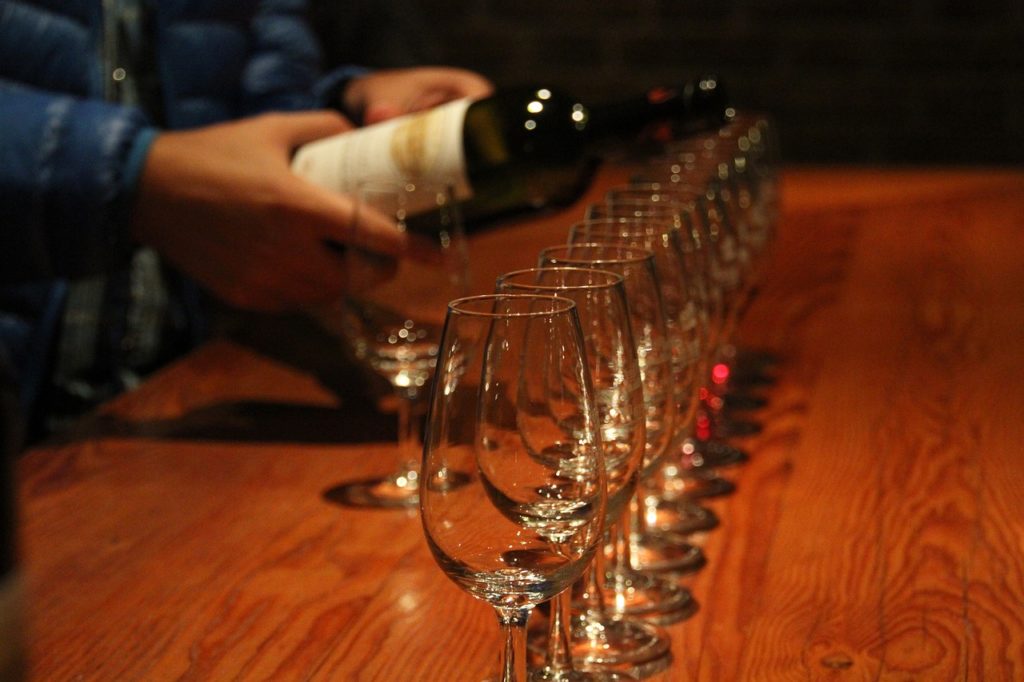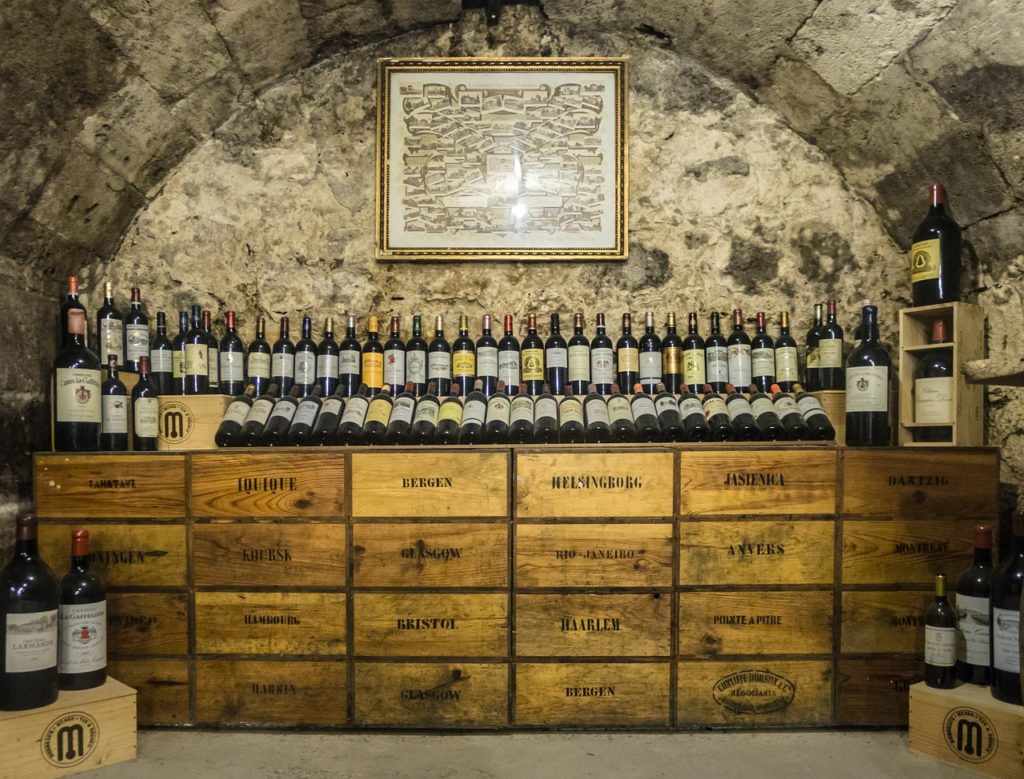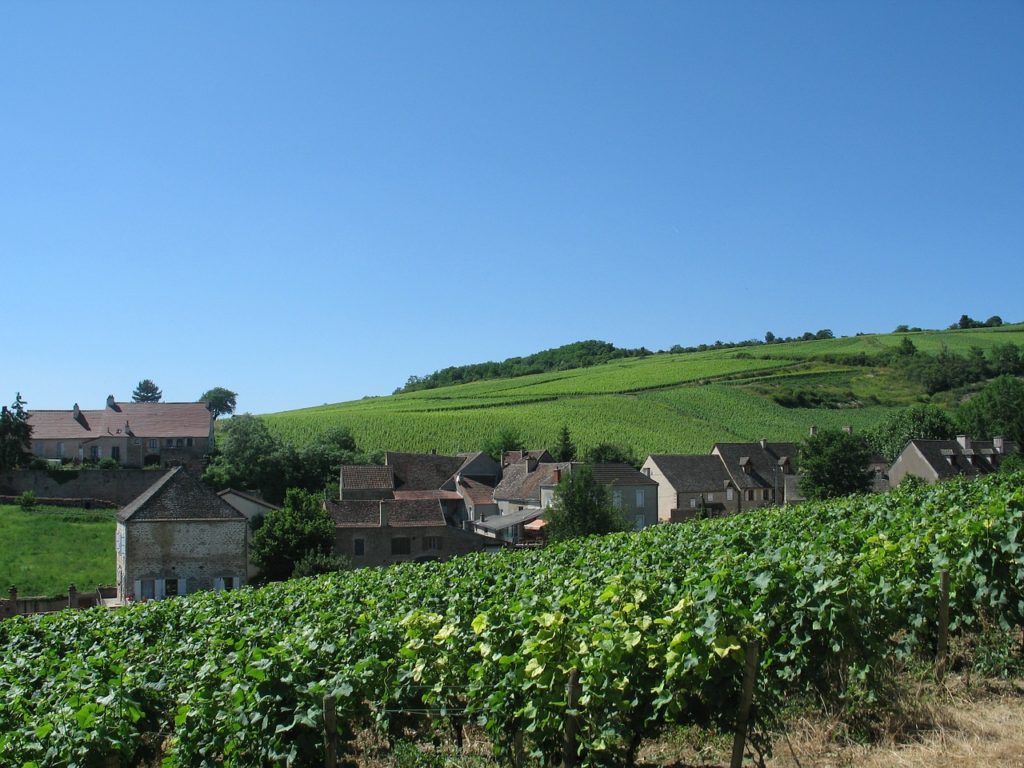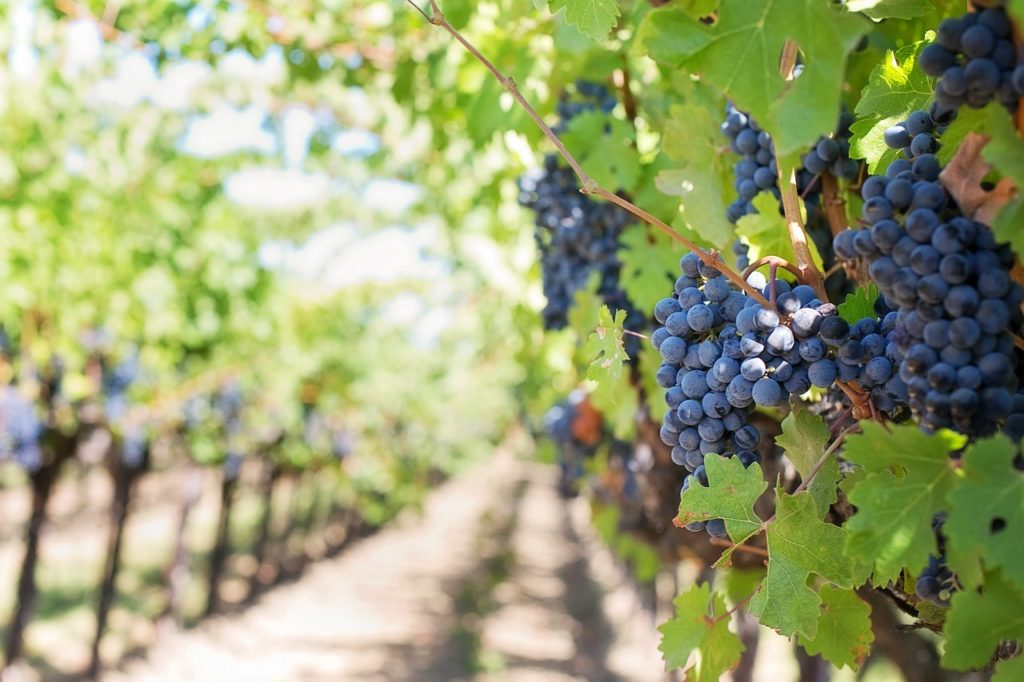Introduction
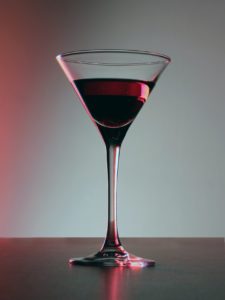
Our friend, Tenay of Calm Castle Home Staging was surprised to find that there was a growing Chinese wine industry and so we decided that would be the topic of today’s post. China, often associated with ancient tea traditions, has a history of wine-making that dates back thousands of years. While European wines have long been celebrated, China’s wine-making heritage is a testament to its deep-rooted agricultural practices and cultural exchange. From early fermented rice beverages to the modern wine industry, China’s journey through the world of wines is a fascinating tale of innovation and adaptation.
Ancient Beginnings
The origins of wine-making in China can be traced back to the Neolithic period, where early civilizations produced fermented beverages from various ingredients, including rice, honey, and fruit. Archaeological findings have revealed pottery vessels containing residues of rice-based fermented beverages, indicating that the Chinese were fermenting grains long before the grape became a prominent wine source.
The Introduction of Grapes
It was during the Silk Road trade routes that the grapevine found its way into China. Historical records suggest that grapevines were introduced around 2,000 years ago. These vines were primarily cultivated in regions such as Xinjiang and along the Silk Road, where the dry climate was conducive to grape cultivation. Over time, grape-based wine-making gained popularity, particularly among the Chinese elite.
Modern Wine Industry
The modern Chinese wine industry saw significant developments during the 20th century. However, it wasn’t until the 1980s that wine production started gaining momentum. The Chinese government, recognizing the economic potential of wine exports, invested in improving viticulture practices and winemaking technology. This led to the establishment of numerous wineries and the adoption of international grape varieties.
Notable Wine Regions
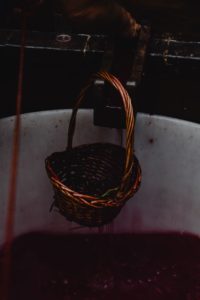
Today, China boasts several wine regions with distinct climates and terroirs. Some of the prominent regions include:
- Ningxia: Often referred to as the “Napa Valley of China,” Ningxia is known for its high-quality Cabernet Sauvignon and Merlot wines. Its continental climate with sunny days and cool nights contributes to the production of premium wines.
- Shandong: This coastal region is home to China’s oldest vineyards. It produces a wide range of wines, including reds, whites, and sparkling wines. Shandong’s proximity to the ocean and its mild climate influence the wine styles.
- Xinjiang: Known for its vast vineyards and diverse grape varieties, Xinjiang produces both table grapes and wine grapes. Its arid climate results in grapes with concentrated flavors, making it a significant wine-producing region.
Notable Chinese Wines for Exports
- Ao Yun: Produced in the foothills of the Himalayas in Yunnan, Ao Yun is a luxury wine that showcases the unique terroir of the region. It’s a collaboration between Moët Hennessy and local vintners, and it has gained international recognition for its quality and distinct character.
- Grace Vineyard: Situated in Shanxi province, Grace Vineyard is known for its high-quality wines, including both red and white varietals. Their efforts to produce wines that reflect the terroir and local culture have garnered attention from wine enthusiasts globally.
- Silver Heights: Another gem from Ningxia, Silver Heights is renowned for its Bordeaux-style red blends. Its commitment to sustainable practices and meticulous winemaking techniques has led to the creation of award-winning wines.
- Château Changyu Moser XV: This partnership between China’s Changyu and Austria’s Lenz Moser has resulted in premium wines that blend Eastern and Western winemaking philosophies. The château produces a range of wines, including reds and whites, that have gained international acclaim.
Conclusion
China’s wine-making history is a captivating narrative of adaptation, innovation, and evolution. From ancient rice-based beverages to the emergence of modern viticulture, China’s journey through the world of wines reflects its rich cultural heritage and determination to make its mark on the global wine industry. As the Chinese wine industry continues to grow and develop, it adds a new dimension to the world of fine wines, inviting wine enthusiasts to explore its unique terroirs and flavors.
